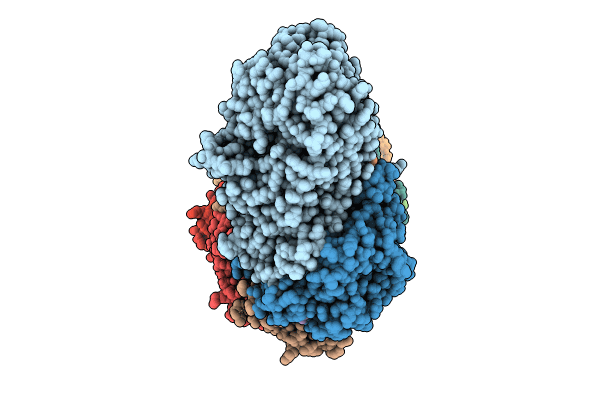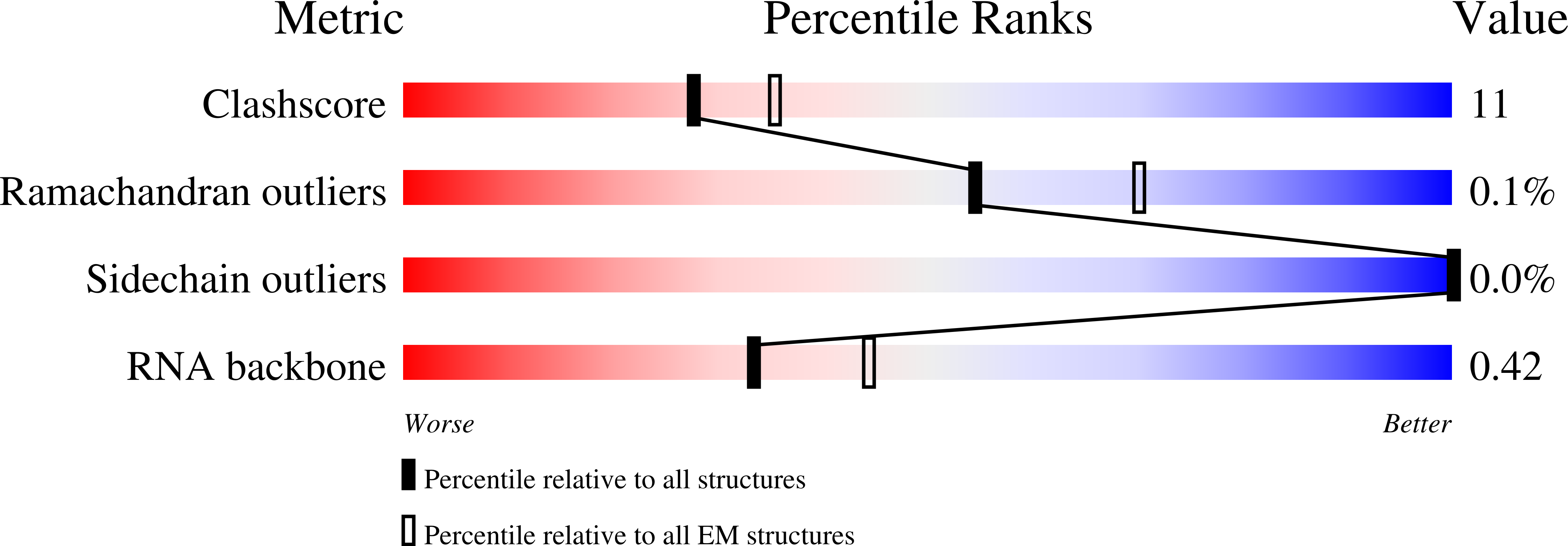
Deposition Date
2024-02-25
Release Date
2024-08-14
Last Version Date
2024-10-30
Entry Detail
PDB ID:
9ASH
Keywords:
Title:
Cryo-EM structure of the active Lactococcus lactis Csm bound to target in post-cleavage stage
Biological Source:
Source Organism:
Lactococcus lactis subsp. lactis (Taxon ID: 1360)
Host Organism:
Method Details:
Experimental Method:
Resolution:
2.58 Å
Aggregation State:
PARTICLE
Reconstruction Method:
SINGLE PARTICLE


